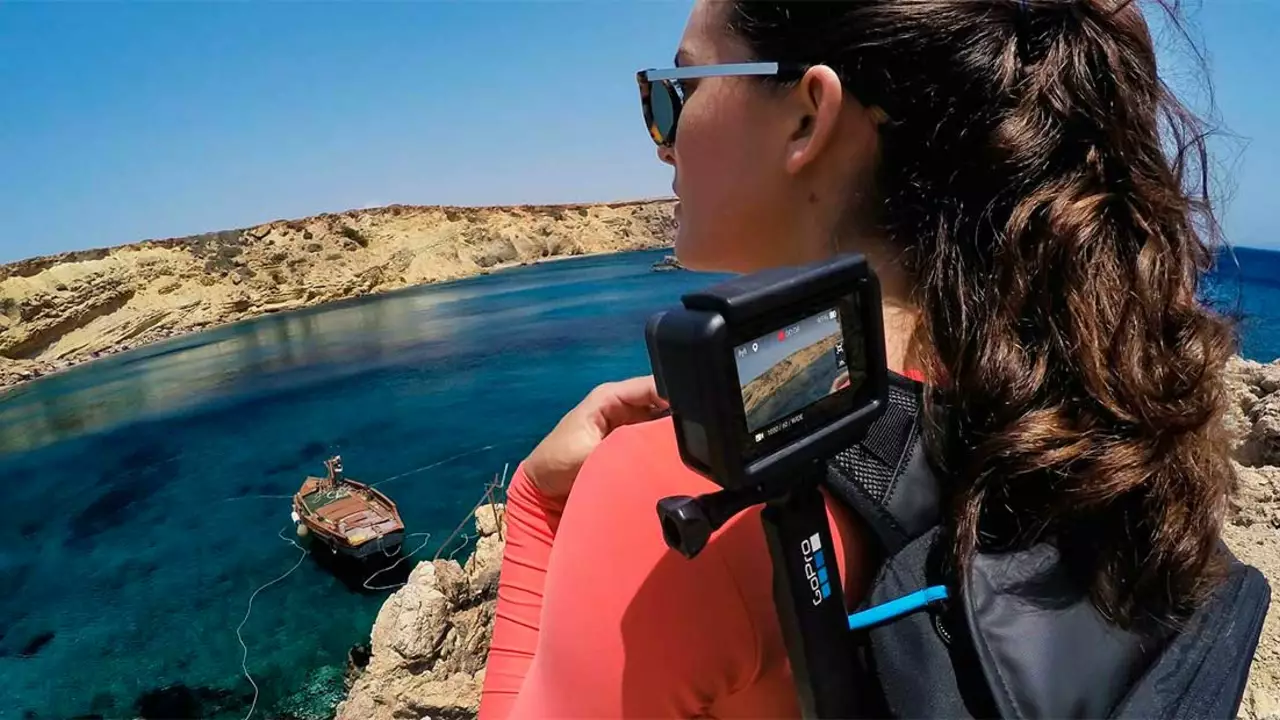Understanding the Capabilities of Your Smartphone
First things first, before we dive into the nitty-gritty of transforming your smartphone into a GoPro-like device, we need to understand its capabilities. Today's smartphones are equipped with powerful cameras, capable of capturing high-quality photos and videos. Some even boast features such as slow-motion, time-lapse, and 4K video recording. However, the quality of your footage largely depends on your smartphone's camera specs, so it's necessary to familiarize yourself with them.
If your smartphone camera has manual settings, that's even better, as it allows you to have more control over your shots. Manual settings enable you to adjust things like shutter speed, ISO, and focus, just like a professional DSLR camera. Therefore, knowing your smartphone's camera inside out is the first step to use it like a GoPro.
Investing in Necessary Accessories
Just like a GoPro, you'd need some accessories to enhance your smartphone's video capturing ability. One of the most important accessories is a stabilizer or gimbal. This device helps to keep your smartphone steady while recording, preventing shaky and unstable footage. Remember, GoPro cameras are known for their stability while capturing fast-paced activities, so having a stabilizer is crucial to mimic that.
Other than that, consider getting a waterproof case if you plan on recording underwater or in wet conditions. A good quality microphone can also be beneficial for improving audio quality, especially if you're recording in noisy environments. Lastly, lenses can aid in capturing different types of shots. For instance, a wide-angle lens can help emulate the signature GoPro wide field of view.
Installing the Right Apps
The next step is to install the right apps on your smartphone. While your phone's default camera app is okay for regular use, you need specialized apps for professional video recording. These apps provide advanced controls and settings, similar to a GoPro.
For instance, apps like Filmic Pro or ProCam allow you to adjust exposure, frame rate, and resolution, among other things. Some apps also offer live color grading and support for external hardware like gimbals and microphones. Therefore, having the right apps is essential for getting the most out of your smartphone camera.
Mastering the Art of Shooting
Now that you have the right tools and apps, it's time to master the art of shooting. This includes understanding concepts like framing, composition, and lighting. These are critical regardless of the device you're using, be it a GoPro or a smartphone.
For example, you need to learn how to use natural light to your advantage when shooting outdoors. Similarly, understanding the rule of thirds can significantly improve your composition. Also, remember to keep your shots steady and slow; avoid abrupt movements unless necessary for the scene. The key is to practice and experiment as much as you can.
Editing Your Footage
After capturing your footage, it's time to edit it. Editing is a crucial part of the process, as it allows you to present your story in the best possible way. There are several editing apps available that you can use directly on your smartphone, such as Adobe Premiere Rush or PowerDirector.
From trimming and rearranging clips to adding effects and transitions, these apps can do it all. Moreover, you can correct colors, adjust brightness and contrast, and even add music and voiceovers. However, editing requires patience and practice, so don't be discouraged if your initial edits don't turn out as expected.
Sharing Your Creations
Finally, after editing your footage, it's time to share your creations with the world. You can upload your videos on platforms like YouTube, Instagram, or TikTok, depending on your audience. Alternatively, you can share them directly with your friends and family via messaging apps or email.
Remember, the goal is not to create perfect videos, but to have fun and express your creativity. So don't be too hard on yourself if your videos don't look as good as GoPro footage right away. With time and practice, you'll get better and closer to achieving the GoPro-like quality you desire.
